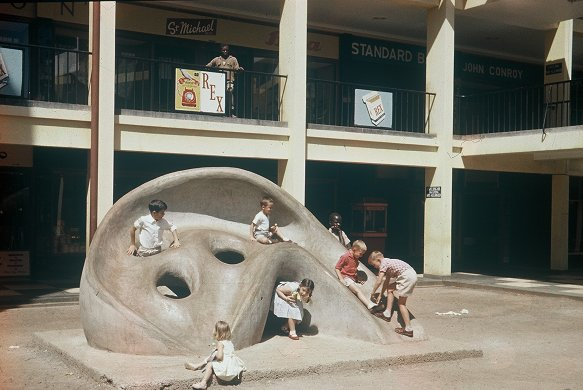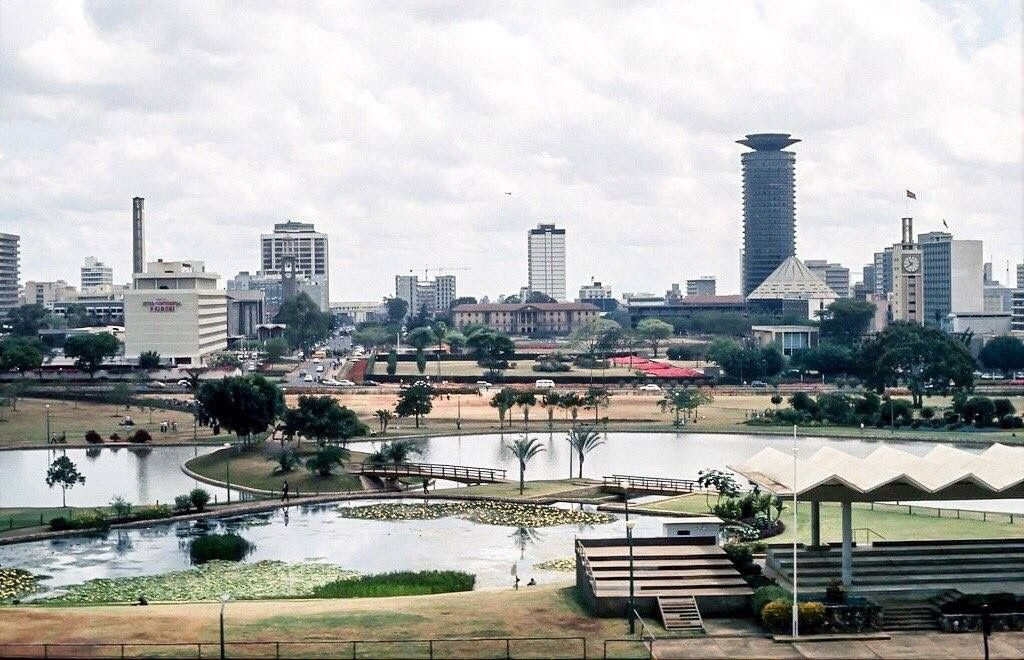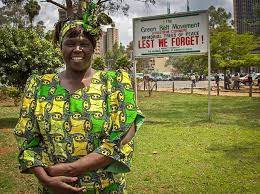
The story of Col John Ainsworth
1/
When Nairobi started under Ainsworth, the first municipal budget was 7,161 rupees (± Sh150K), which only paid for the uniforms and salaries of 6 Swahili and 8 Indian policemen, 2 sweepers, and oil for street lights.
nation.africa/kenya/news/pol…
1/
When Nairobi started under Ainsworth, the first municipal budget was 7,161 rupees (± Sh150K), which only paid for the uniforms and salaries of 6 Swahili and 8 Indian policemen, 2 sweepers, and oil for street lights.
nation.africa/kenya/news/pol…
2/
Called from Machakos to serve as a top civil servant at the swampy town populated more by wild animals than by European settlers, Ainsworth arrived in Nairobi in 1899 at age 25.
Born in 1864 in the UK he died in 1964, at 100 years old.
[Nairobi in 1898]
Called from Machakos to serve as a top civil servant at the swampy town populated more by wild animals than by European settlers, Ainsworth arrived in Nairobi in 1899 at age 25.
Born in 1864 in the UK he died in 1964, at 100 years old.
[Nairobi in 1898]
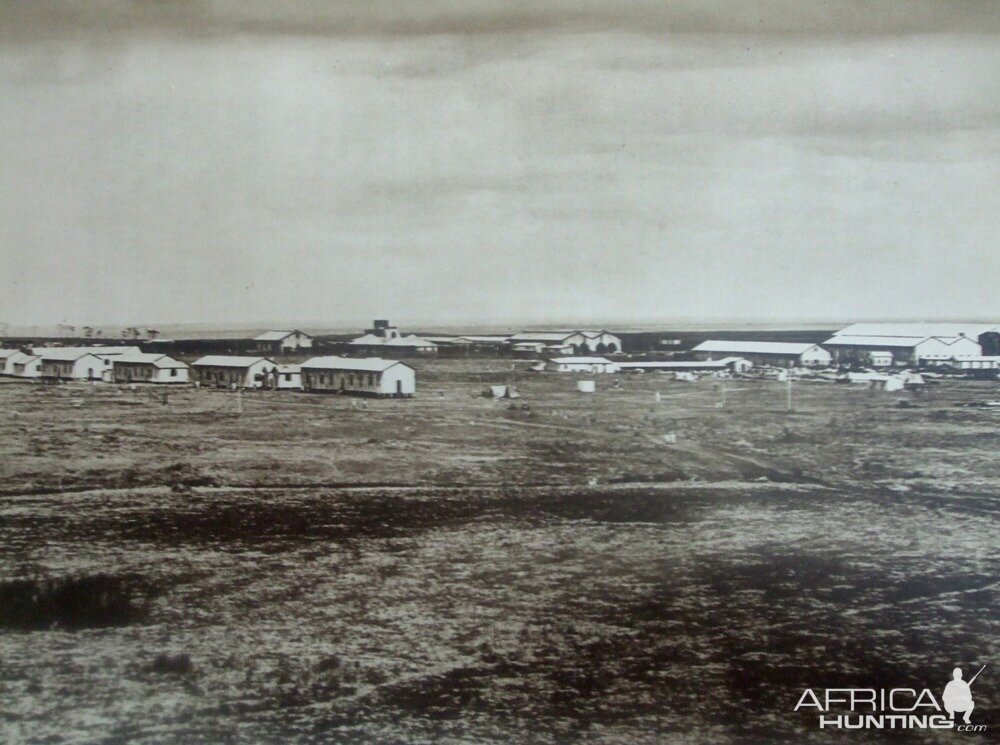
3/
Prior to his arrival, British land surveyors had already come to Kenya and identified much of the fertile land as “unpopulated” and ripe for colonial settlement.
There was no knowledge among the Europeans of African land ownership, such as the Kikuyu system of gethaka
Prior to his arrival, British land surveyors had already come to Kenya and identified much of the fertile land as “unpopulated” and ripe for colonial settlement.
There was no knowledge among the Europeans of African land ownership, such as the Kikuyu system of gethaka

4/
A series of epidemics — rinderpest and smallpox — led to the decimation of Maasai herds and human beings as well.
They also led to Kikuyus withdrawing from the lands that described as “empty” and ripe for colonial settlement. including Nairobi, Kiambu, Thika, and Ruiru.
A series of epidemics — rinderpest and smallpox — led to the decimation of Maasai herds and human beings as well.
They also led to Kikuyus withdrawing from the lands that described as “empty” and ripe for colonial settlement. including Nairobi, Kiambu, Thika, and Ruiru.
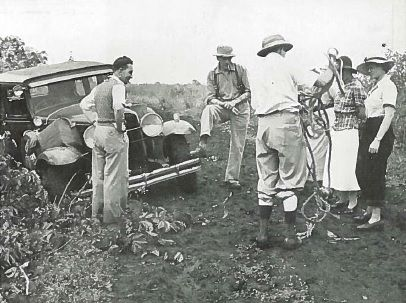
5/
According to Finke, Kikuyu elders who witnessed the early appropriation (theft) of their lands by the British reported this crime to Ainsworth, who had just recently arrived from Ukambani.
According to Finke, Kikuyu elders who witnessed the early appropriation (theft) of their lands by the British reported this crime to Ainsworth, who had just recently arrived from Ukambani.

6/
Initially, Ainsworth had only praise for the Kamba, whom he assured his bosses based at Mombasa were willing and ready to work for the colonial regime.
Ainsworth even supplied them with munitions to protect the British food supply lines from the Maasai.
Initially, Ainsworth had only praise for the Kamba, whom he assured his bosses based at Mombasa were willing and ready to work for the colonial regime.
Ainsworth even supplied them with munitions to protect the British food supply lines from the Maasai.
7/
One of the more important things he did during his brief but eventful time working as London’s Chief Native Commissioner in Kenya was to plant Tasmanian Blue Gum (Eucalyptus) trees all along the edge of the swamp land
One of the more important things he did during his brief but eventful time working as London’s Chief Native Commissioner in Kenya was to plant Tasmanian Blue Gum (Eucalyptus) trees all along the edge of the swamp land
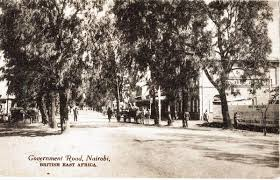
8/
Seen by the Foreign Office as one a competent colonial civil servant, Ainsworth demarcated seven districts in Nairobi
-Railway Centre
-Railway Quarters
-European Business and Admin Centre
-Dhobi Quarters
-European Residential Areas
-Military Barracks
-Indian Bazaar👇🏿
Seen by the Foreign Office as one a competent colonial civil servant, Ainsworth demarcated seven districts in Nairobi
-Railway Centre
-Railway Quarters
-European Business and Admin Centre
-Dhobi Quarters
-European Residential Areas
-Military Barracks
-Indian Bazaar👇🏿

9/
Africans (apart from those working for the Railways) were left to fend for themselves on the east side of the town.
He did not even include them in the overall town plan
nation.africa/kenya/life-and…
Africans (apart from those working for the Railways) were left to fend for themselves on the east side of the town.
He did not even include them in the overall town plan
nation.africa/kenya/life-and…
10/
Ainsworth is also the first colonial administrator to set aside “native reserves” where Africans, whose lands had already been taken from them by the colonisers, were meant to reside.
Ainsworth is also the first colonial administrator to set aside “native reserves” where Africans, whose lands had already been taken from them by the colonisers, were meant to reside.

11/
He was also part of the historic 1904 “Agreement” between the Commission for the EA Protectorate and the Maasai chiefs, including Chief Lenana, to allow the British to take over huge tracts of Maasai land while removing the Maasai to the newly established “native reserves”.
He was also part of the historic 1904 “Agreement” between the Commission for the EA Protectorate and the Maasai chiefs, including Chief Lenana, to allow the British to take over huge tracts of Maasai land while removing the Maasai to the newly established “native reserves”.

12/
The Agreement further “allowed the Maasai to occupy land between the Mbagathi and Kiserian streams” a fraction of what the Maasai elders essentially gave away.
Ainsworth is also said to have been the one responsible for translating details of the Agreement for the Africans.
The Agreement further “allowed the Maasai to occupy land between the Mbagathi and Kiserian streams” a fraction of what the Maasai elders essentially gave away.
Ainsworth is also said to have been the one responsible for translating details of the Agreement for the Africans.
13/
It was Ainsworth who wrote frankly in his memoir: “I can assure you that it [was] at times uphill and tiring work breaking down the walls of barbaric ignorance and superstition and introducing in their places an acceptable form of civilisation.”
nation.africa/kenya/life-and…
It was Ainsworth who wrote frankly in his memoir: “I can assure you that it [was] at times uphill and tiring work breaking down the walls of barbaric ignorance and superstition and introducing in their places an acceptable form of civilisation.”
nation.africa/kenya/life-and…
14/
Before Ainsworth left Nairobi in 1906, he had become one of the most powerful officers in the British East African Protectorate. Operating out of what is now frequently referred to as “the old PC’s office”, the space that was called the Nairobi Gallery
Before Ainsworth left Nairobi in 1906, he had become one of the most powerful officers in the British East African Protectorate. Operating out of what is now frequently referred to as “the old PC’s office”, the space that was called the Nairobi Gallery
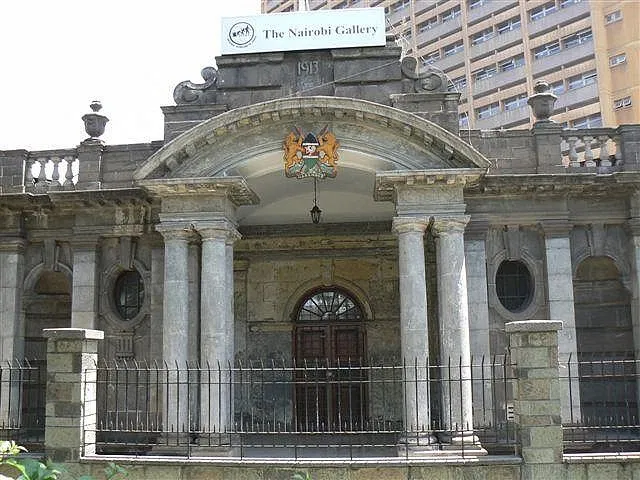
15/
He later on had a bridge (Ainsworth Bridge) named after him at what is now the Nairobi Museum interchange.
He retired in Somerset West, Cape Town, South Africa, where he later became mayor.
He later on had a bridge (Ainsworth Bridge) named after him at what is now the Nairobi Museum interchange.
He retired in Somerset West, Cape Town, South Africa, where he later became mayor.
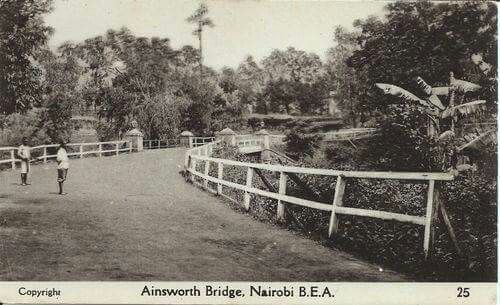
• • •
Missing some Tweet in this thread? You can try to
force a refresh







